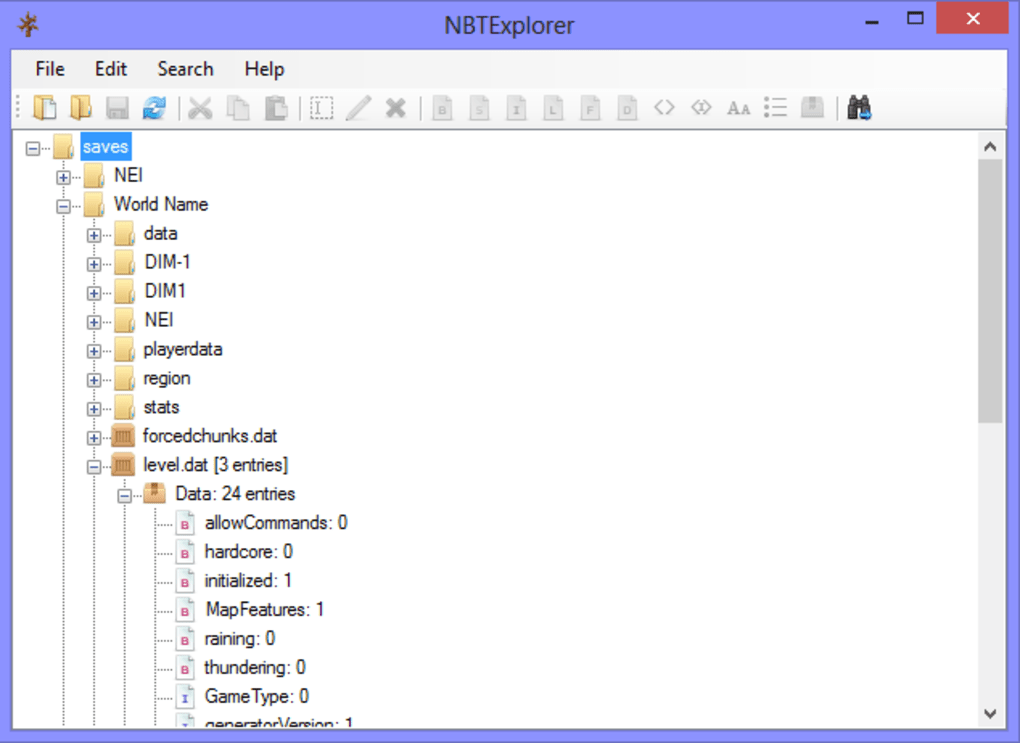

Here’s my suggestions on how to investigate the problem. In those situations the problem is usually a mis-configuration, a fault, or something interfering with communication between the two servers.

Exchange 2007, 2010, 20 all come pre-configured with the appropriate connectors for internal mail flow.īut wait, what if you’ve installed your new Exchange server, and found that one or more of the following conditions exists:

Neither of those is the correct way to establish internal mail flow, and in fact you’re more likely to break internal mail flow if you try either of those things. Create a custom receive connector on Server B so that Server A can send email to it.Create a send connector to route or relay email from Server A to Server B, or from Server A to the internet via Server B.There’s a few things administrators can do to control or influence that internal routing, but that is not relevant to the main point of this article, which is that no additional connectors are required for any two Exchange 2007 or later servers to communicate with each other.Īs I mentioned earlier, I suspect the Exchange 2003 way of doing things, and the experience during the 2003 to 2007/2010 upgrade, left the impression on some people that they needed to: Instead, Exchange 2007 and later uses the Active Directory site topology. However, beyond that coexistence requirement, the Exchange 2007 or later servers don’t use routing groups and routing group connectors to determine how and where they route internal email. When you upgraded to Exchange 2007 or 2010, additional routing group connectors were required to facilitate the routing of email messages between the legacy routing groups and the new routing group that held the Exchange 2007/2010 servers. The Exchange 2003 servers within a routing group could talk to each other just fine, but you needed to create routing group connectors to get the servers in two different routing groups to talk to each other. This issue comes up fairly regularly, so I figured it’s time to write a post about it, as well as some of the other common issues I see in the field.įor the connector issues, I suspect part of the misunderstanding in this area is that back in the Exchange 2003 era there was the concept of routing groups and routing group connectors. I hear from quite a lot of people that break their internal Exchange mail flow by configuring receive connectors and send connectors.


 0 kommentar(er)
0 kommentar(er)
